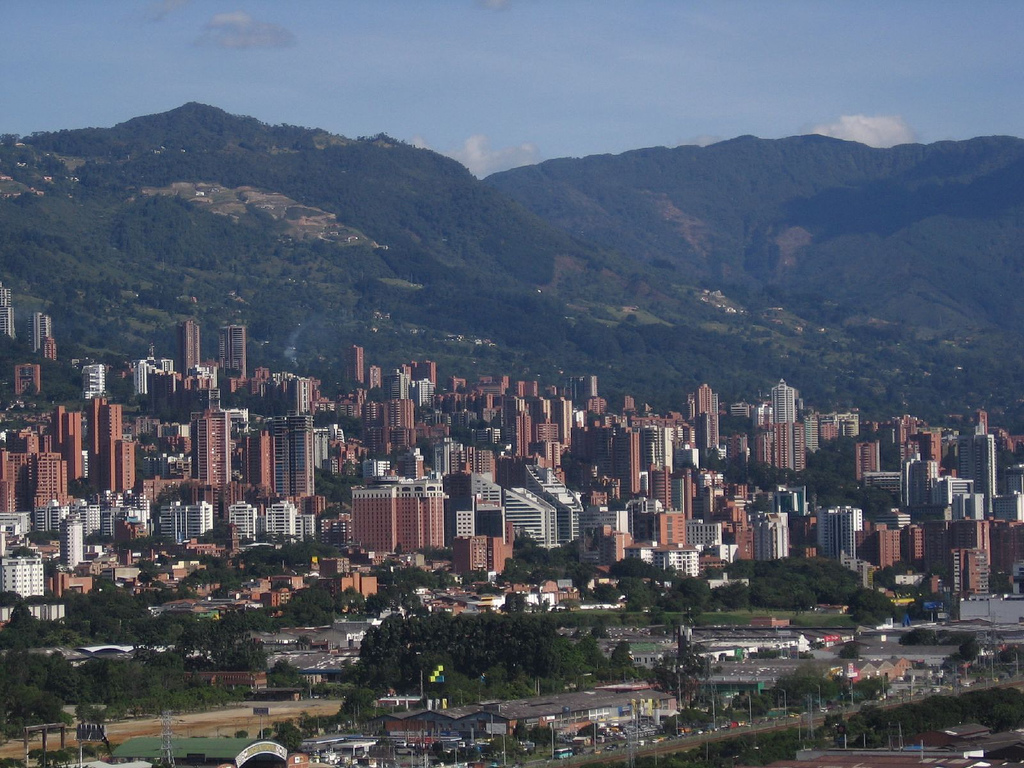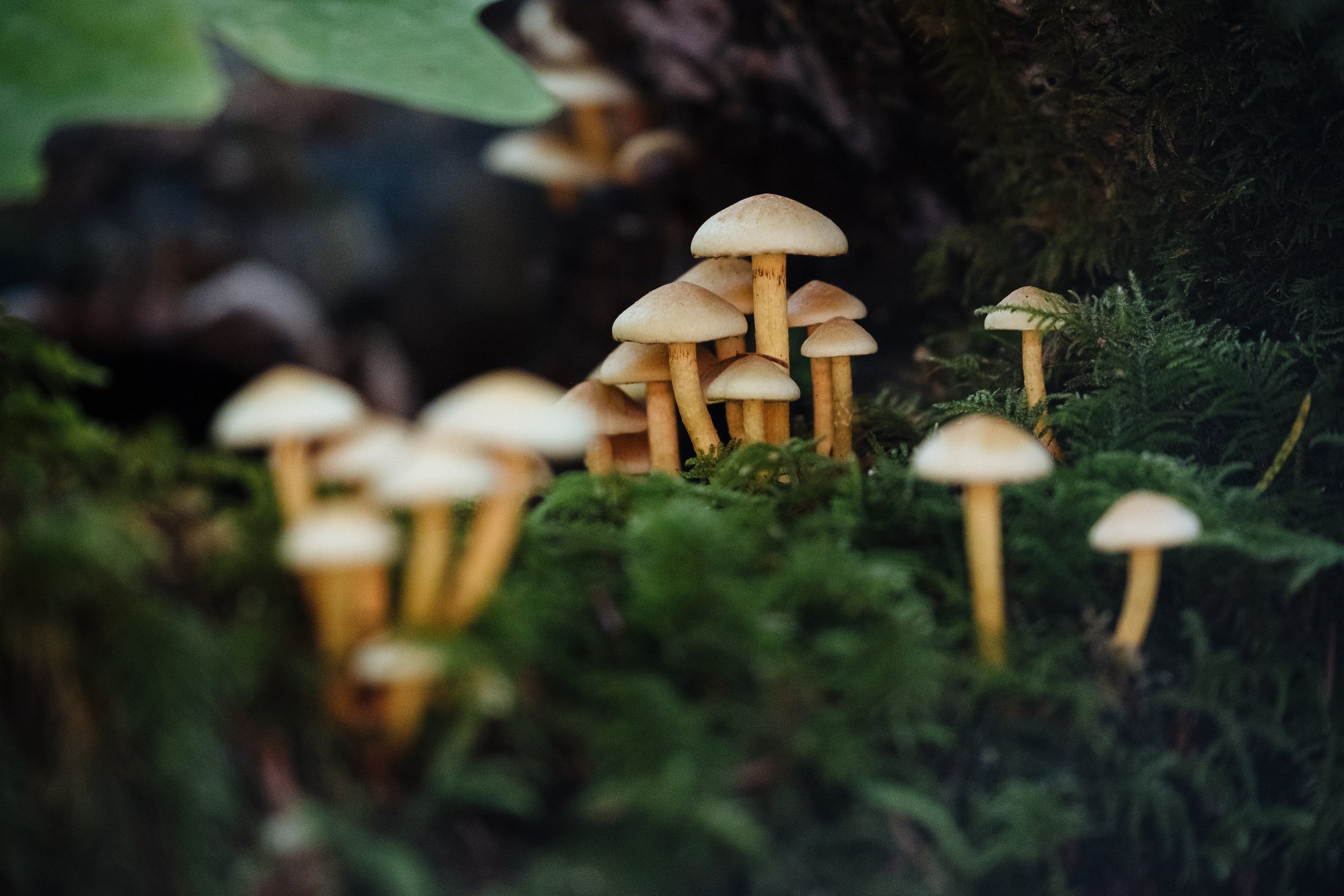
Fungi are one of life’s kingdoms — like “animals” or “plants” — and are fundamental to understanding the planet we live in. They are inside you and around you. They are vital to you and all you depend on. As we speak, fungi are making soil, producing food, making medicines, nourishing and killing animals and plants, influencing the composition of the Earth’s atmosphere. As you’ll learn in this article, they can stretch out for miles, glow in the dark and communicate with each other.
Fungi are probably one of the most misunderstood organisms as of today. They’re the most populous KINGDOM — an estimated 3.8million types of fungi exist worldwide – and yet, we only know less than 10% of them. They are essential in the balancing of ecosystems, being present in most habitats on Earth. Together with bacteria, they are the major decomposers of nature, breaking down organic matter that would not otherwise be recycled.
Check out this Ted Talk to get an impression on what we still have to learn about mushrooms:
When you think of fungi you think of humid and cool environments that provide a supply of organic matter but, in fact, they colonise a surprisingly vast variety of habitats, from seawater to human skin to mucous membranes. However, most members of the Fungi Kingdom do grow on the forest floor, where the dark and damp environment is rich in decaying debris from plants and animals. The idea we have of fungus is that of mushrooms sprouting out of the ground. Those mushrooms are in fact the “fruit” of the fungus, which in turn have their majority in the soil interwoven with tree roots as a vast network of mycelium.
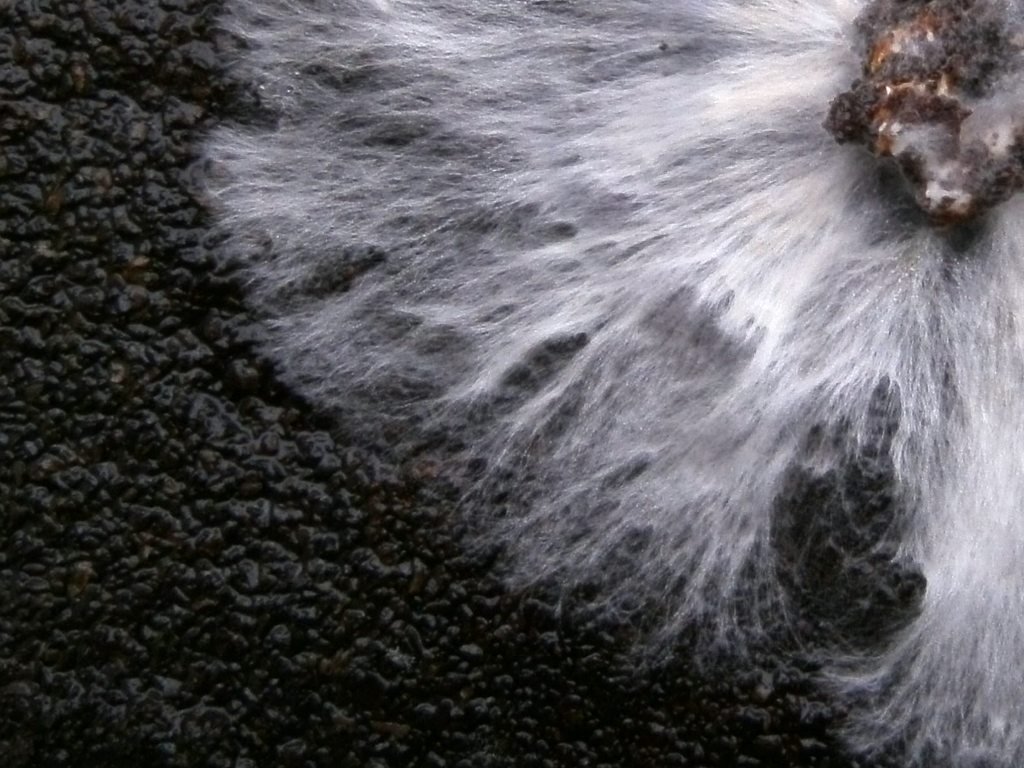
This brings us to the next topic – What is the mycelial network and why is it so fascinating?
The mycelium is the unseen part of the mushroom, where long threads hidden beneath the forest floor serve as “roots”. It grows one cell at a time, branching in all directions and having no fixed shape. This way, it can navigate labyrinths and expertly explore its surroundings. As of now, the total length of fungal mycelium in the top 10 centimetres of soil is more than 450 thousand quadrillion kilometres: ABOUT HALF THE WIDTH OF OUR GALAXY. *mind is blown* Such vast networks serve a single purpose, they are a shared economy, where ecosystems flourish without greed.
The mycelium underfoot ensures their close-by neighbours have the resources (nutrients, water, etc.) they need to flourish. Even more, they have formed ways to distribute nutrients across their entire network. Some elements, such as carbon, oxygen, nitrogen, and phosphorus, are required in large quantities by biological systems and yet are not abundant in the environment. Fungi’s job is to release these elements from decaying matter and to make them available again to other organisms. In short, Nature uses the mycelium network as a symbiotic agent to communicate and allocate resources where they are needed the most.
These symbiotic relations are the ecological interaction between two organisms that live together. One of the most remarkable being between fungi and plants and the establishment of mycorrhizae, which refers to the association between vascular plant roots and their symbiotic fungi.
Almost 90 percent of all plant species have mycorrhizal partners that use their extensive network of hyphae – each of the branching filaments that make up the mycelium of a fungus – to channel water and minerals from the soil into the plant. In exchange, the plant supplies the fungus with key nutrients derived from photosynthesis. A well-accepted theory argues that fungi were instrumental in the evolution of the root system in plants, with records indicating that fungi even preceded plants on dry land. The first associations between fungi and photosynthetic organisms developed before roots appeared in plants. Crazy, right?
So, in short, fungi are vital to recycle the nutrients in decaying organisms in nature, storing them in their roots and then relocating them according to the forest’s needs.
As we’ve seen fungi come in all shapes and sizes and they are very very fascinating.
Here are some fun facts I bet you didn’t know about them:
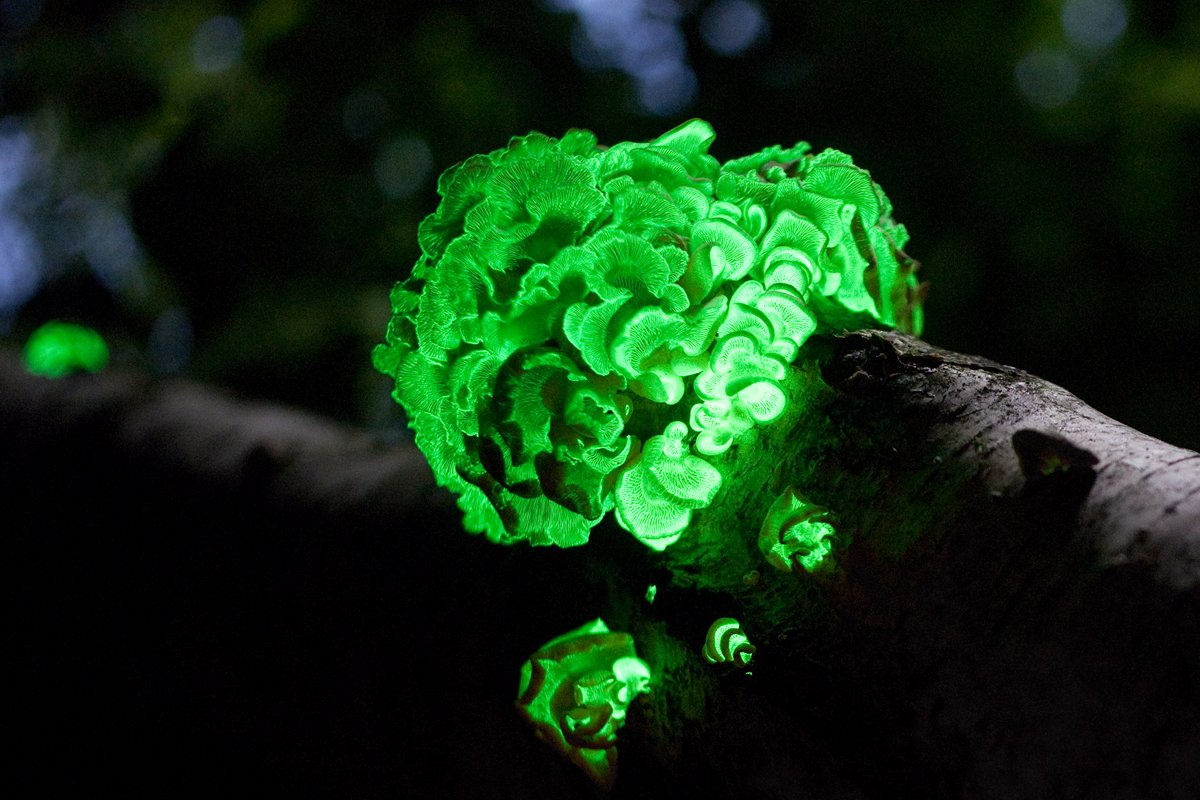
They can glow in the dark
We know it might sound odd, but some mushrooms are bioluminescent. They achieve this thanks to the same compound that makes fireflies light up at night, or some sea creatures glow. Recently, scientists have been working on ways of using this as a sustainable light source.
Ten fungi that glow in the dark: https://www.treehugger.com/bioluminescent-fungi-mushrooms-that-glow-in-the-dark-4868794
Article on fungi as light source: https://www.theguardian.com/science/2016/jul/03/fungi-glow-dark-luminscent-mushrooms-conservation-enviroment-bioscience

They’re more like us than plants
Genetically speaking, fungi are more closely related to animals than plants. Like us, they ‘breathe in’ oxygen and give out CO2 and they rely on other organisms for food.

The largest living thing on Earth is a fungus
What if we told you that the biggest living organism on the planet is a fungus known as the ‘honey mushroom. It was first discovered in 1998 and it covers almost 10 square miles in the Blue Mountains of Oregon, in the US. Scientists say it is at least 2,400 years, possibly even up to 8,650 years old!
More on the biggest living organism: https://www.scientificamerican.com/article/strange-but-true-largest-organism-is-fungus/
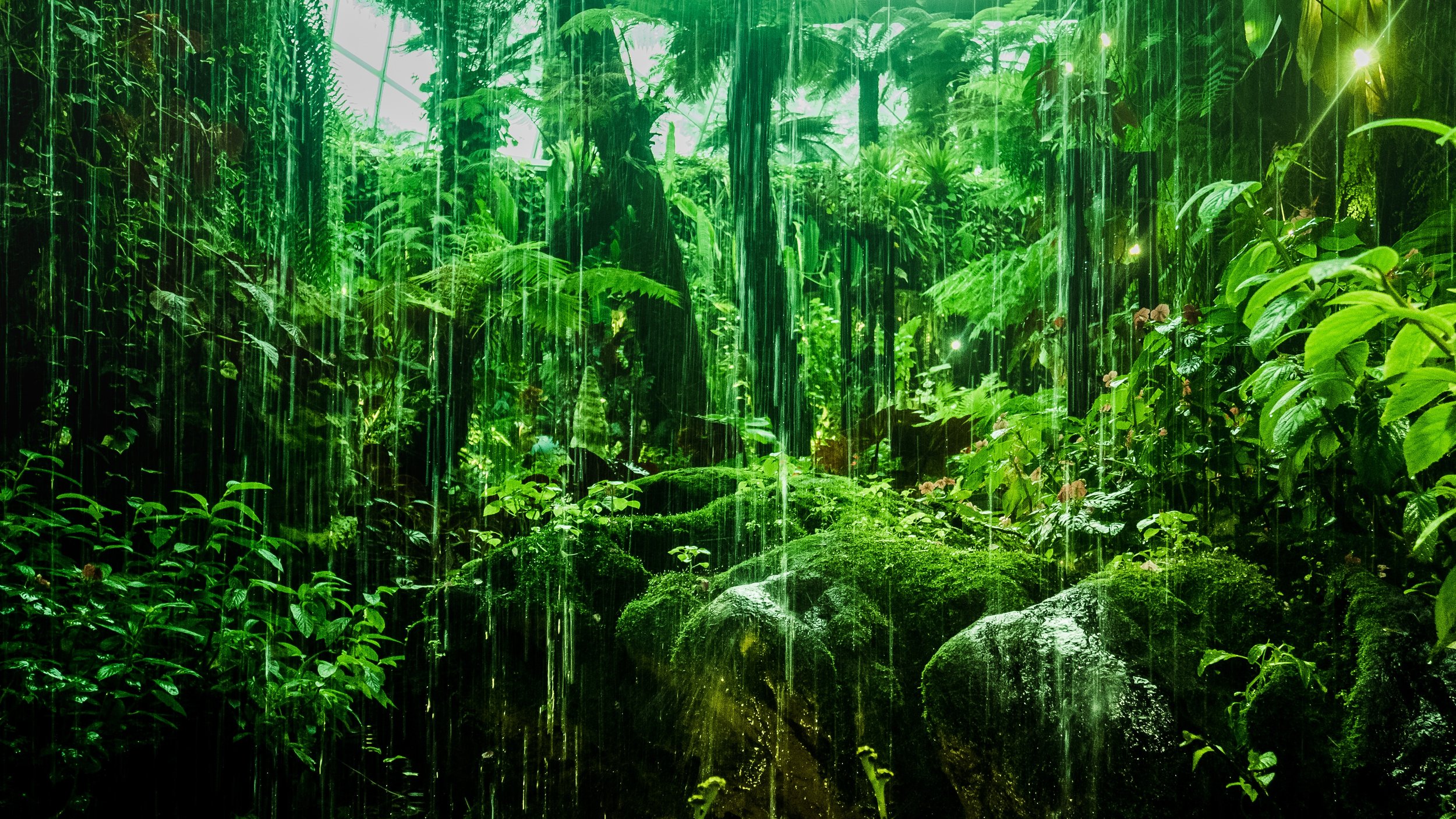
Most raindrops in tropical forests contain spores
Mushrooms are also largely responsible for the rain in rainforests. They release masses of spores into the atmosphere, where they attract moisture, acting as nuclei for the formation of raindrops in clouds. In fact, 90 percent of tropical raindrops have a fungal spores at their heart.

The Mycelium and Tokyo’s Underground
In order to test how efficient fungi are in creating networks, a team of scientists in Japan duplicated the layout of the area around Tokyo, placing the selected single-celled slime mold in the centre and dispersing bits of nutrients around the “map” in the locations of 36 surrounding towns. Quickly enough, the mold managed to create a replica of Tokyo’s subway system. This is just one example of all the things we can learn from them.
Time Lapse video of the slime mold:
https://www.youtube.com/watch?v=GwKuFREOgmo&ab_channel=HarvardMagazine
More detailed ted talk on the slime:
You are all hocked now on fungi and want to learn in depth what this crazy little things mean for our lives?! Then check out this awesome documentary from Netflix.

